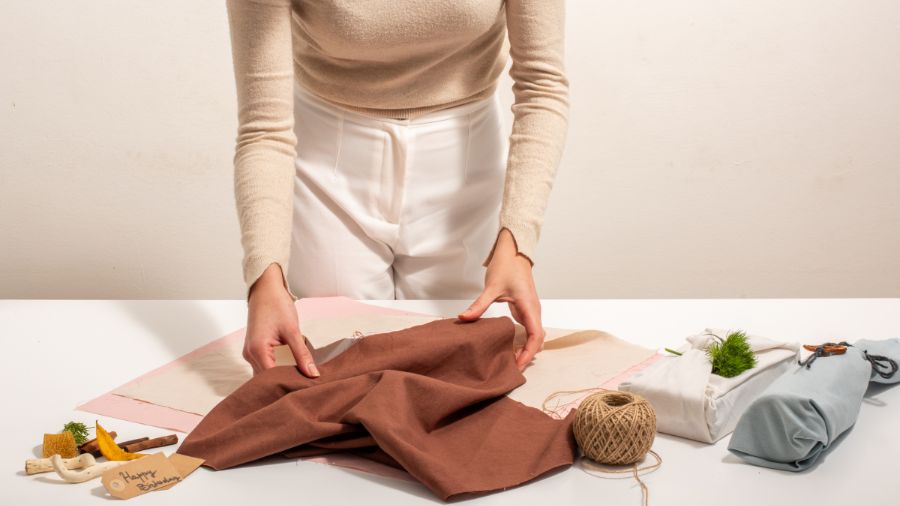The Growing Impact of Textile Recycling on Industry Trends
07 September, 2023

Textile recycling is quickly becoming a transformative force in the world of textiles and fashion, influencing industry trends and reshaping the way we view fabric waste. With a primary focus on sustainability, this practice has gained momentum and is now a prominent player in the textile market. In this article, we explore the profound effects of textile recycling and its relationship to leather scrap, fabric recycling, and textile waste management.
In recent years, the fashion and textile industries have experienced a paradigm shift towards sustainability. Textile recycling, often referred to as the "green revolution" in fashion, has emerged as a solution to combat the environmental consequences of textile waste. This practice involves collecting discarded textiles, including clothing, upholstery, and fabric scraps, and processing them into new materials or products.
Leather scrap, a byproduct of the leather industry, plays a crucial role in the textile recycling ecosystem. Traditionally, leather waste was a significant concern for environmentalists. However, with the advent of recycling techniques, leather scrap can now be repurposed and incorporated into various textile applications, reducing waste and conserving resources.
Fabric recycling is an integral part of the circular economy. By reusing and repurposing textiles, the industry can reduce its reliance on raw materials and minimize the environmental impact of production. Fabric recycling not only conserves resources but also provides opportunities for sustainable innovation in the textile sector.
Effective textile waste management is a critical aspect of sustainable business practices. Companies are increasingly adopting comprehensive waste management strategies to reduce their environmental footprint. Textile recycling plays a central role in these strategies, helping businesses divert textile waste from landfills and incineration.
As textile recycling gains traction, it is influencing market dynamics and shaping industry trends. Sustainability has become a focal point for consumers, and businesses are responding by integrating eco-friendly practices into their operations. Products made from recycled textiles, including leather scrap, are gaining popularity among environmentally-conscious consumers.
In the quest for sustainability, businesses are reevaluating their product sourcing methods. Textile recycling offers a sustainable sourcing solution by providing a steady supply of recycled materials. This approach not only reduces the demand for virgin resources but also aligns with consumer preferences for eco-conscious products.
The economic implications of textile recycling are notable. As more businesses invest in sustainable practices, there is a growing demand for recycled textiles and leather scrap. This demand is creating new economic opportunities, from recycling facilities and technology development to innovative product design.
While the benefits of textile recycling are evident, the industry faces challenges such as technological limitations and the need for further education and awareness. However, these challenges have sparked innovations in recycling techniques, driving the industry towards more efficient and sustainable solutions.
In the fast-paced world of textiles and fashion, sustainability is no longer just a buzzword; it's a driving force behind industry trends and product sourcing decisions. Textile recycling, with its impact on leather scrap, fabric recycling, and waste management, is at the forefront of this sustainability movement. As businesses adapt to changing consumer preferences and environmental concerns, the influence of textile recycling is set to grow, shaping the future of the textile industry in a more sustainable direction.
